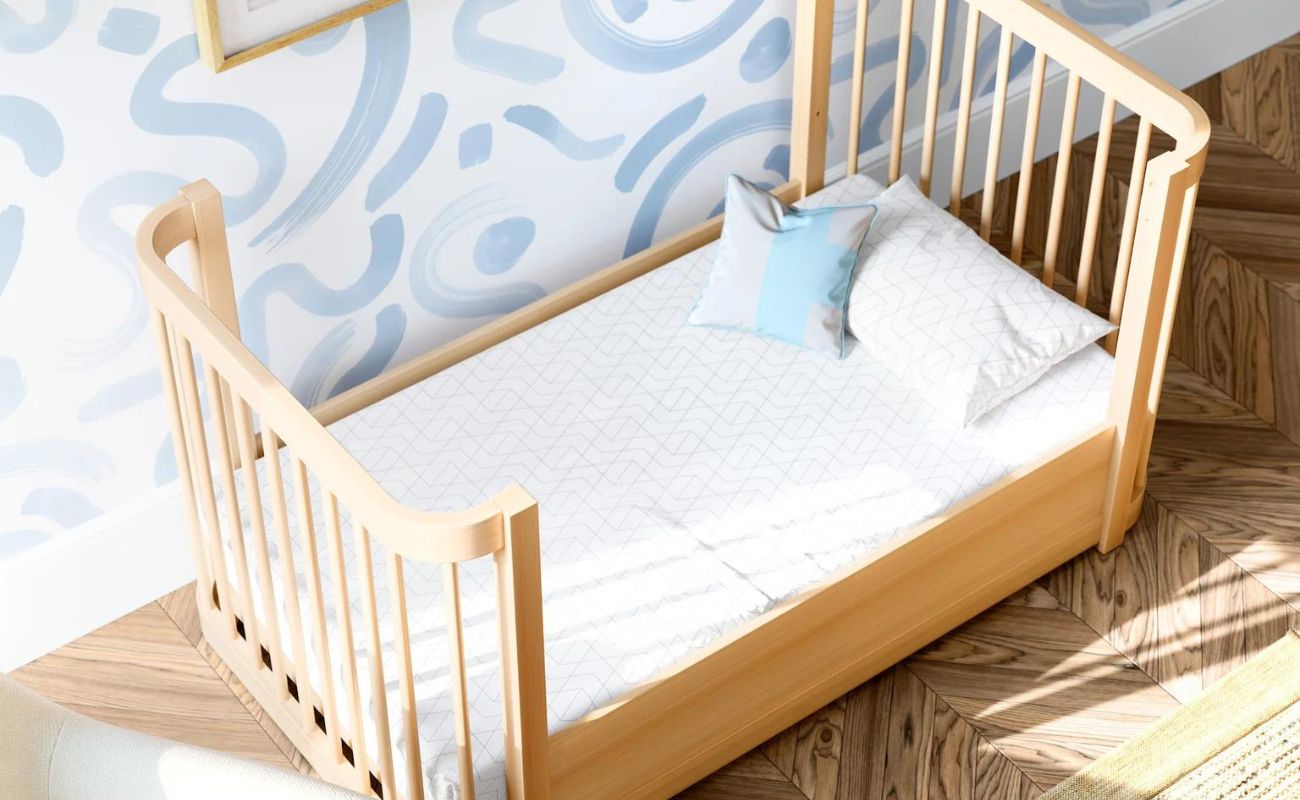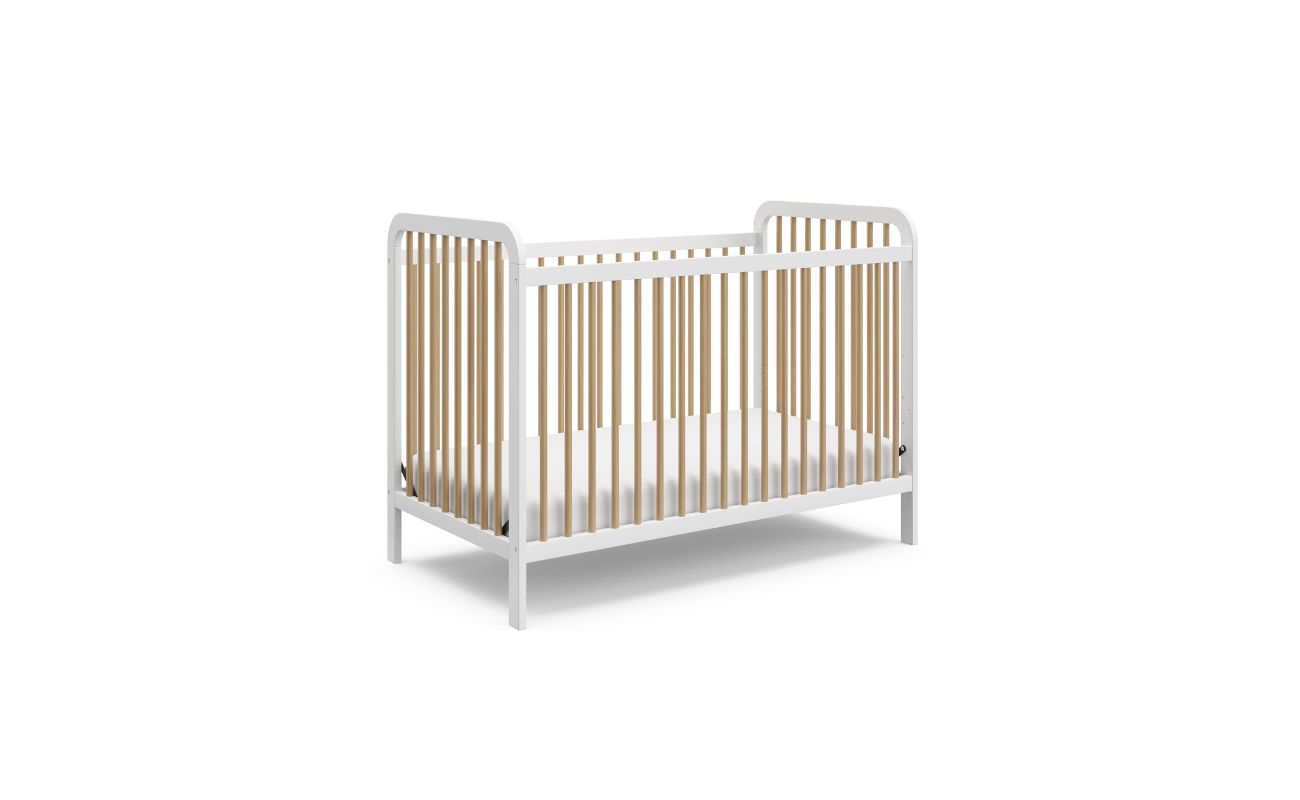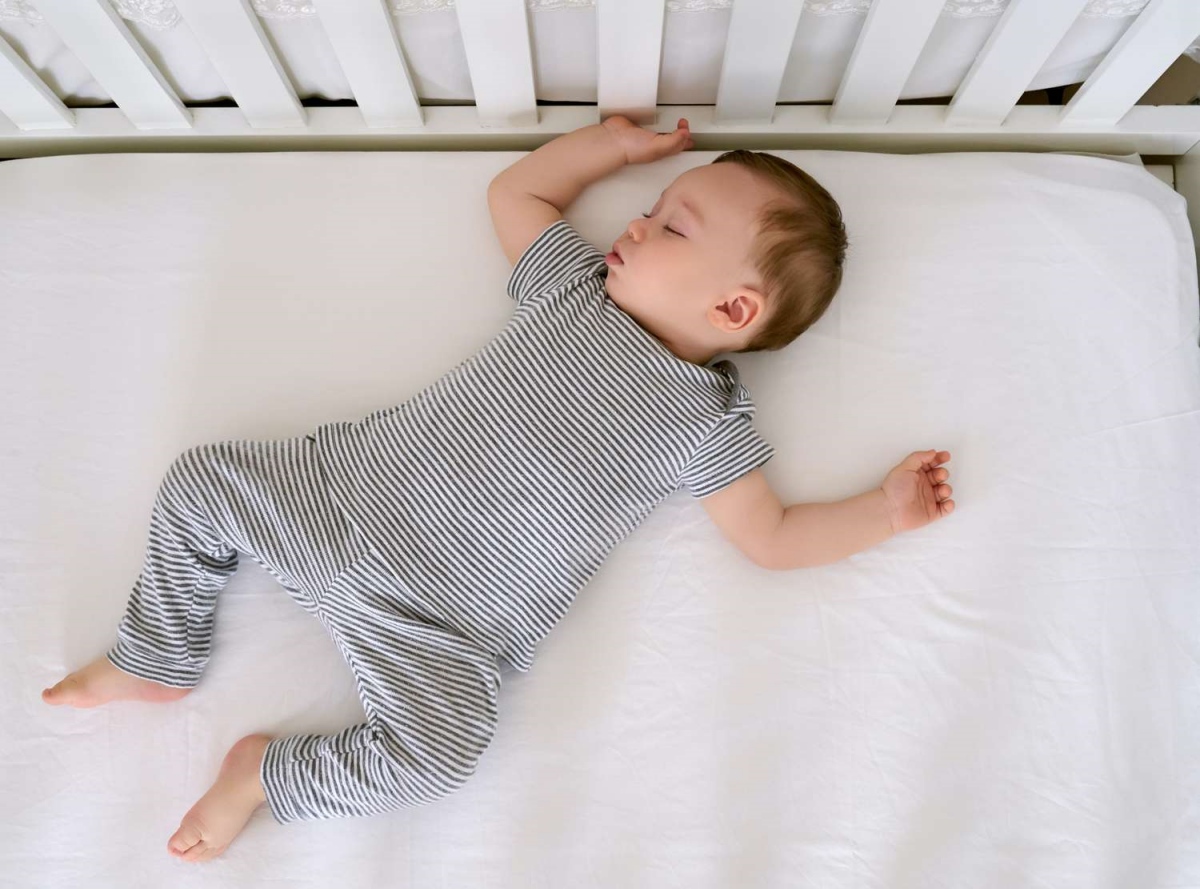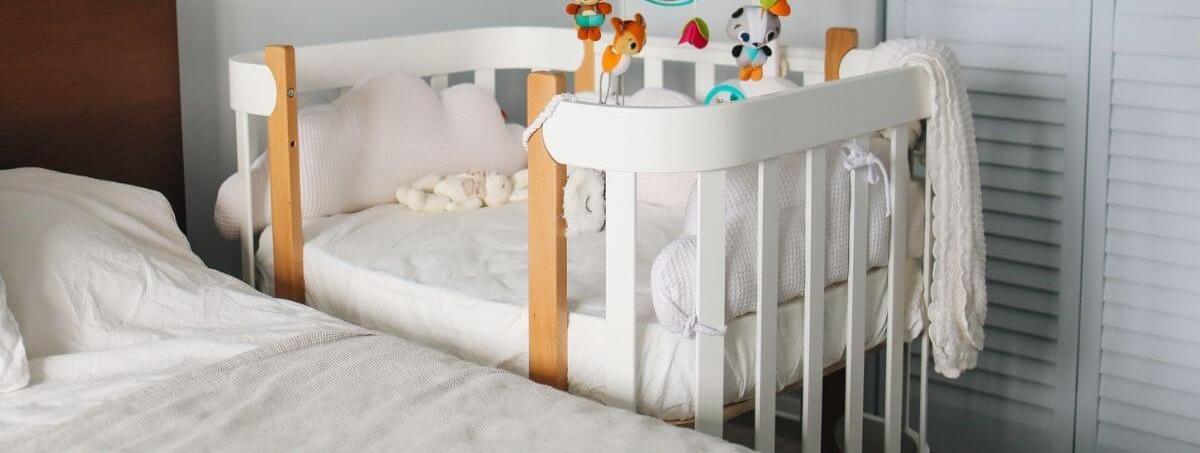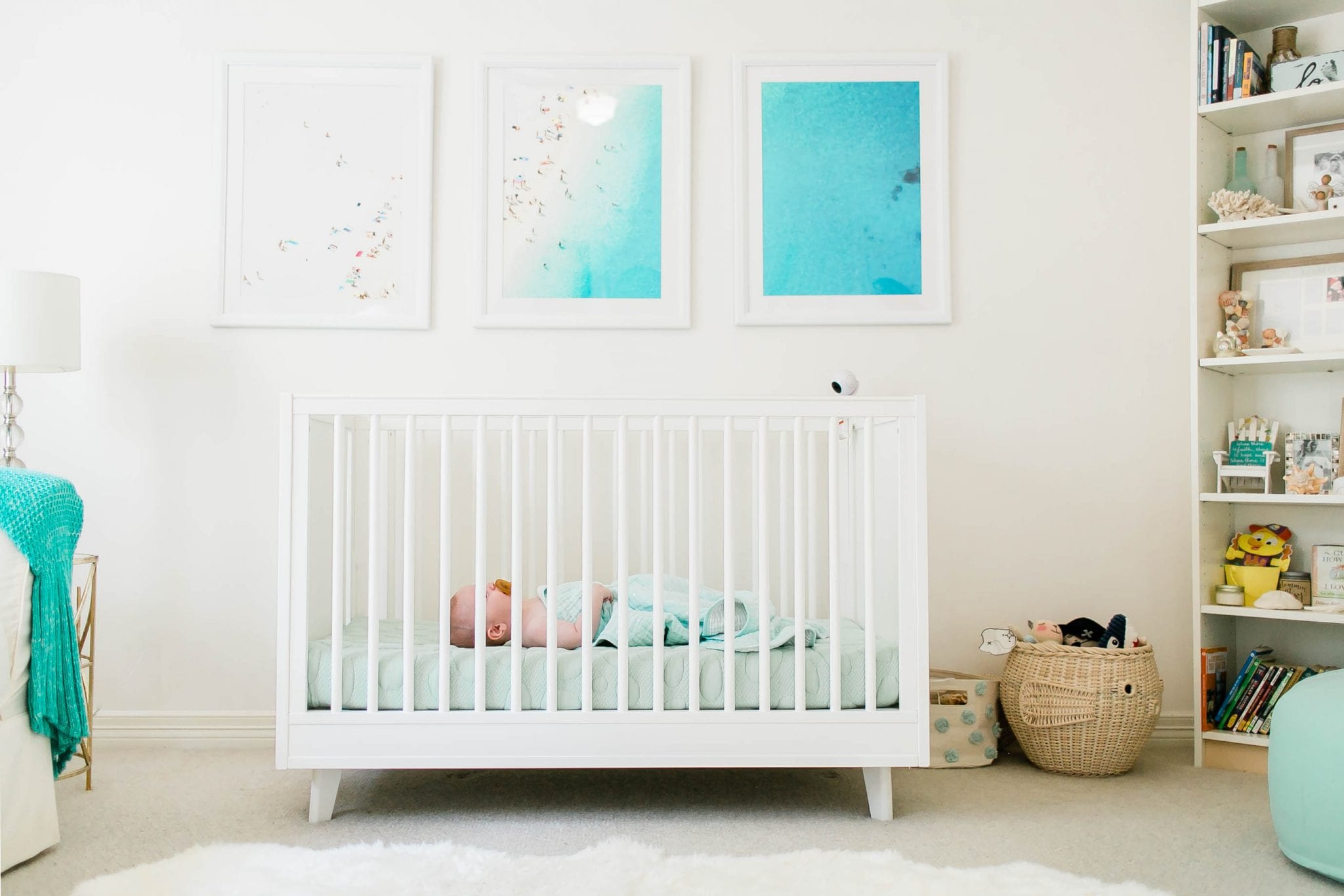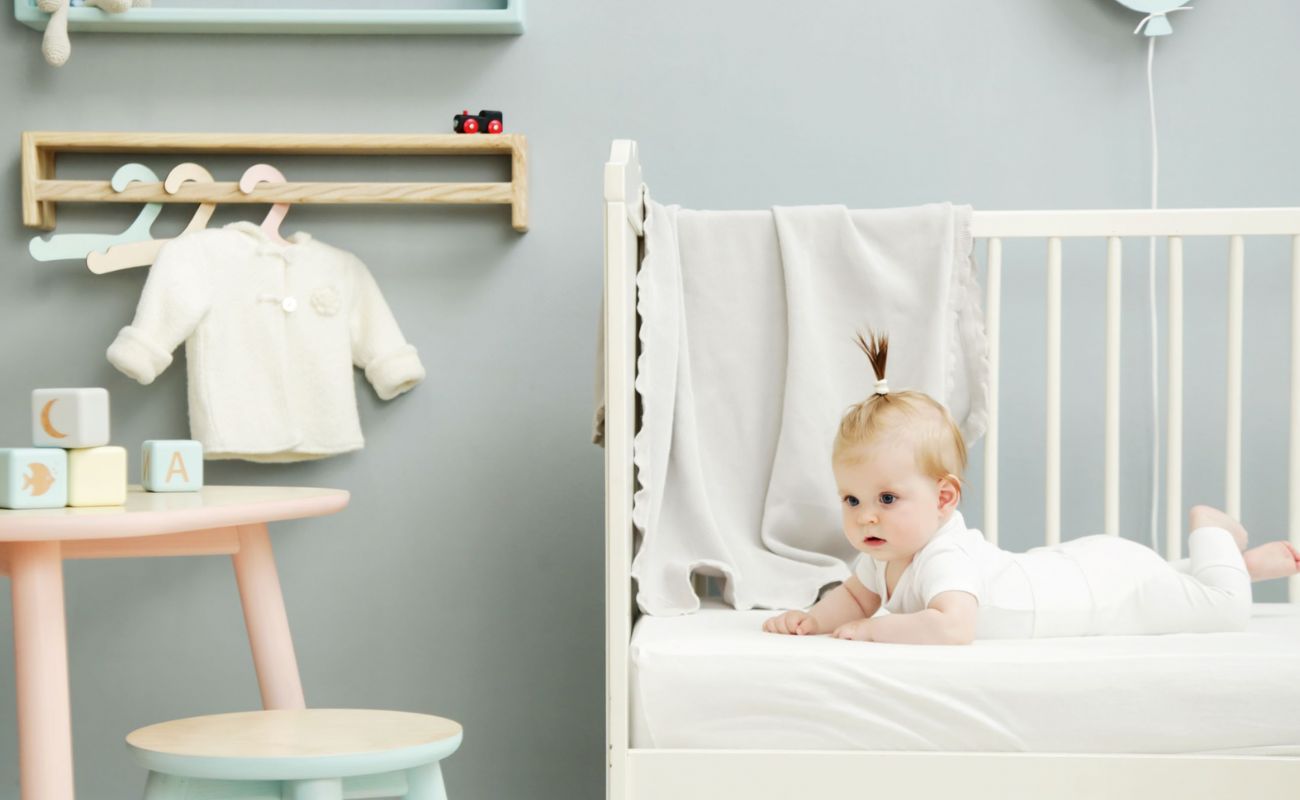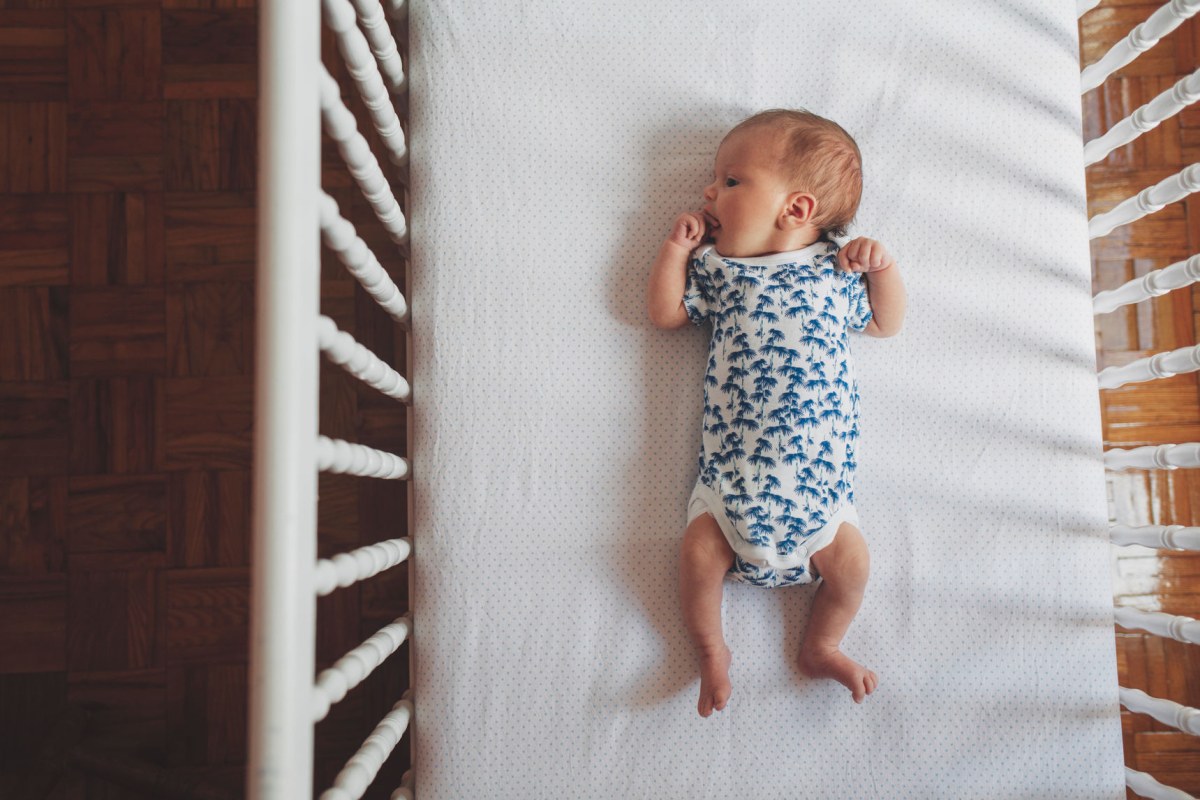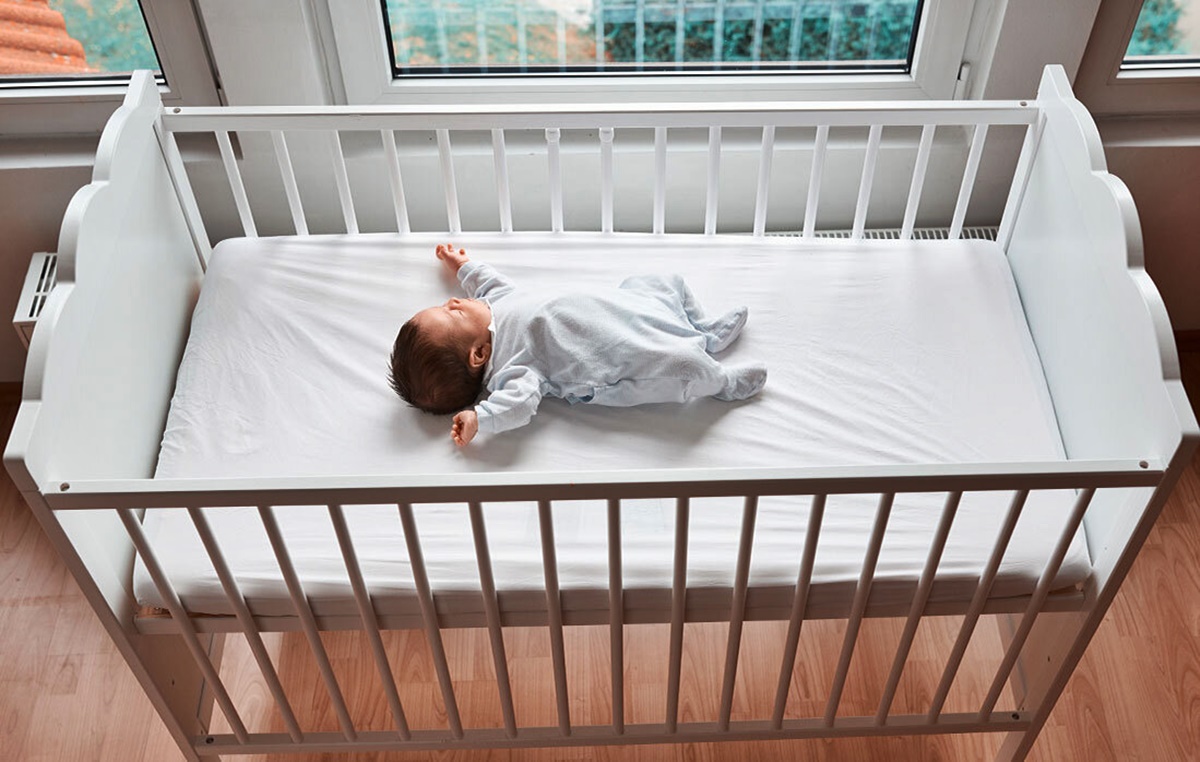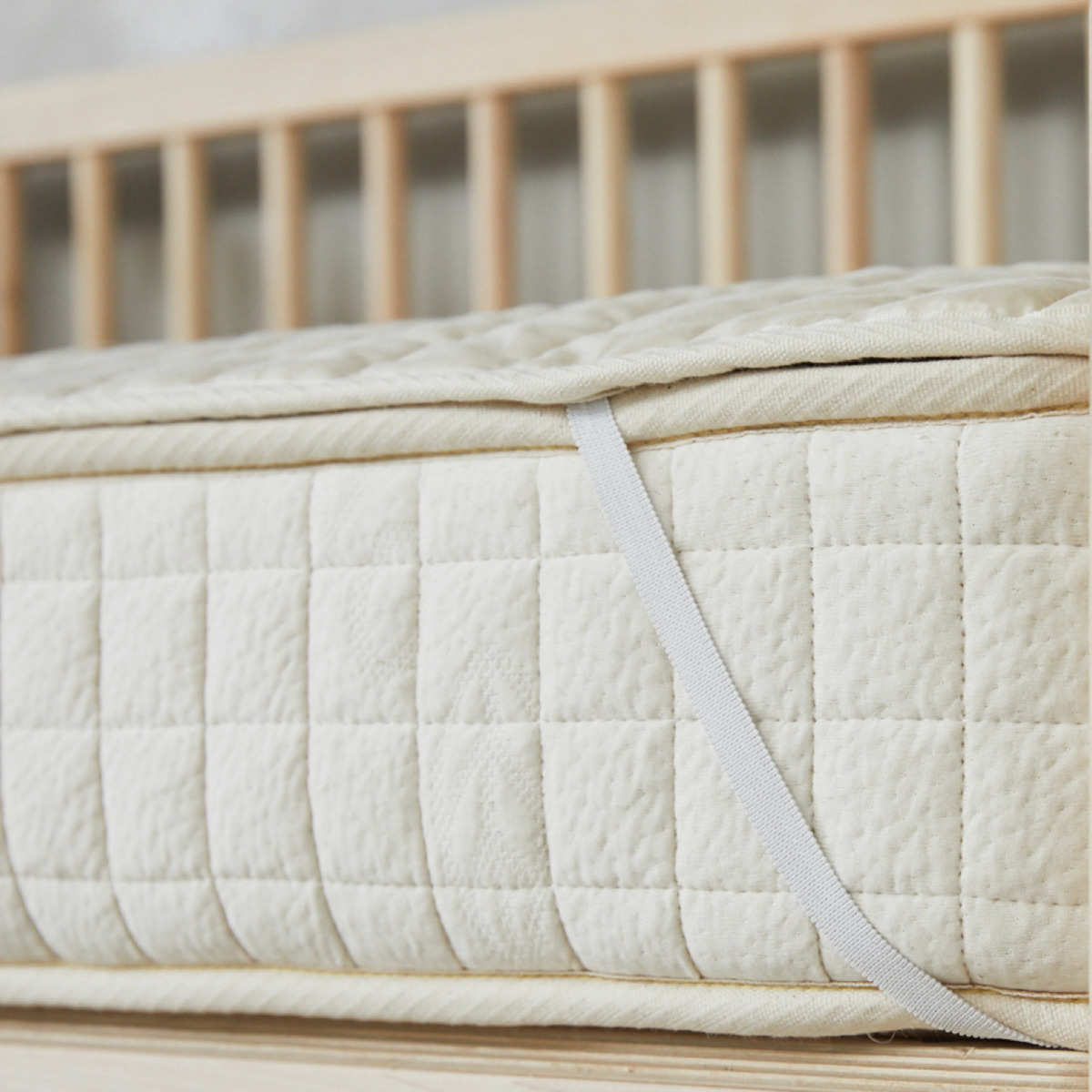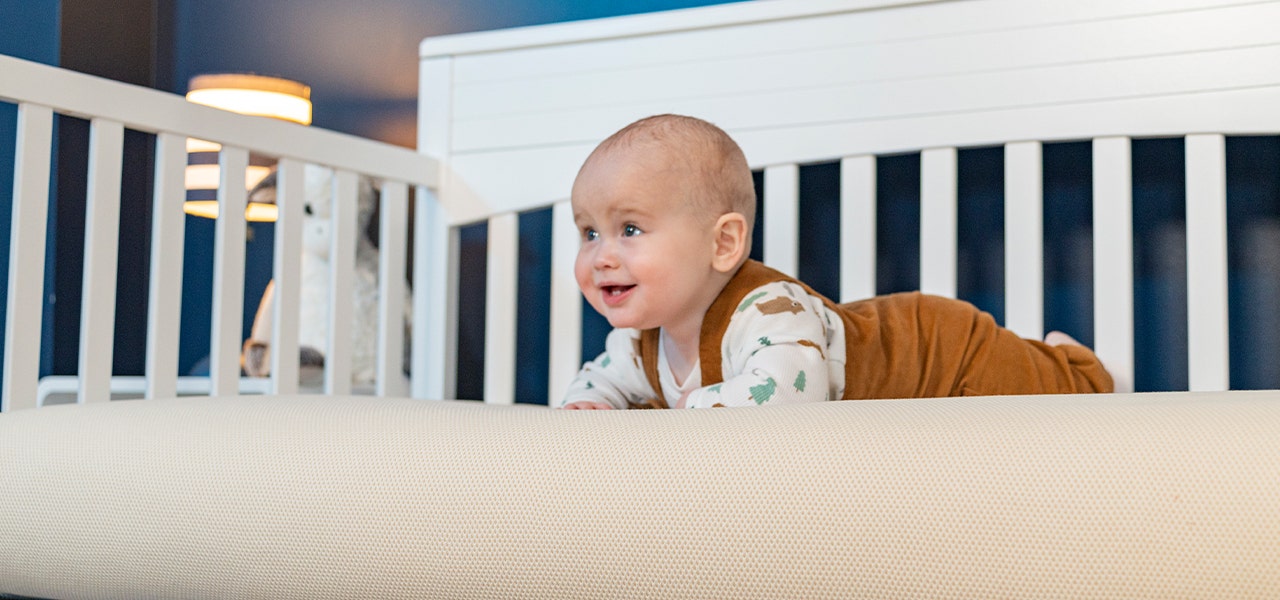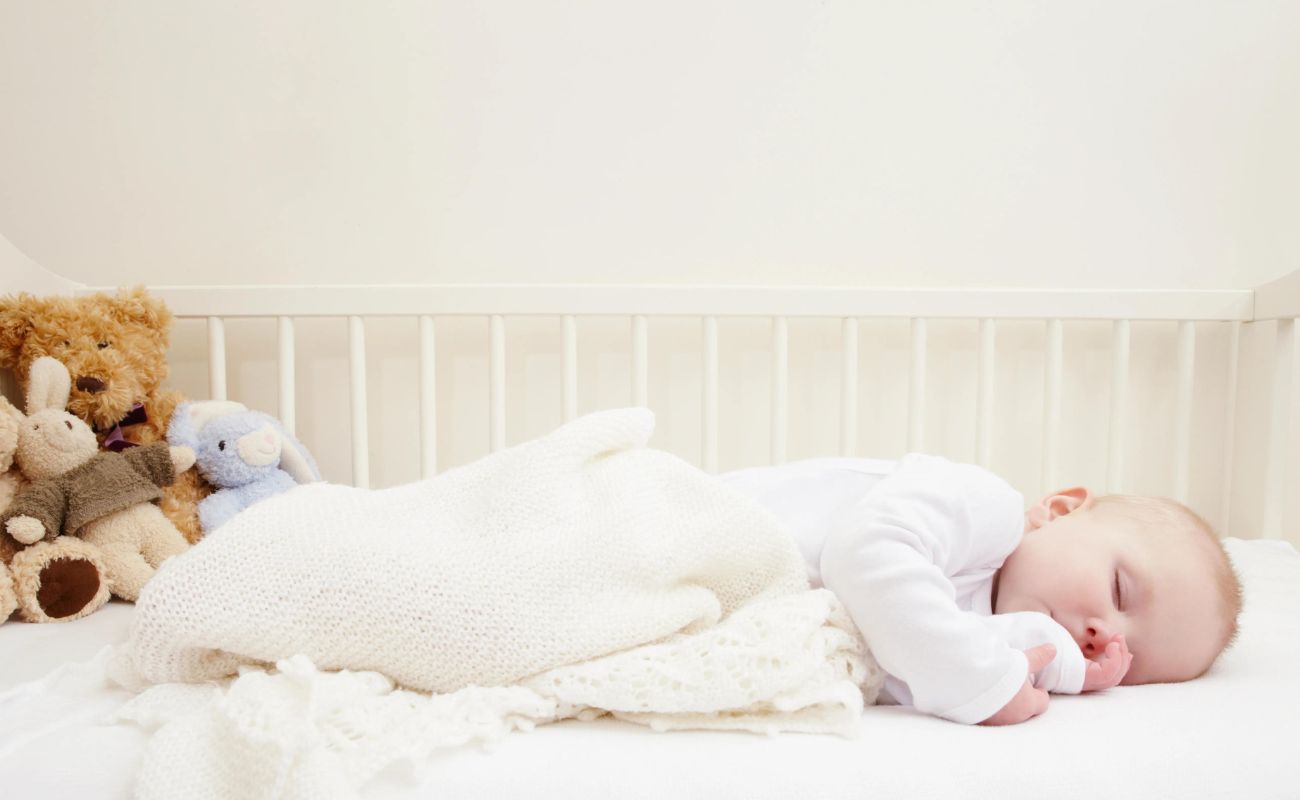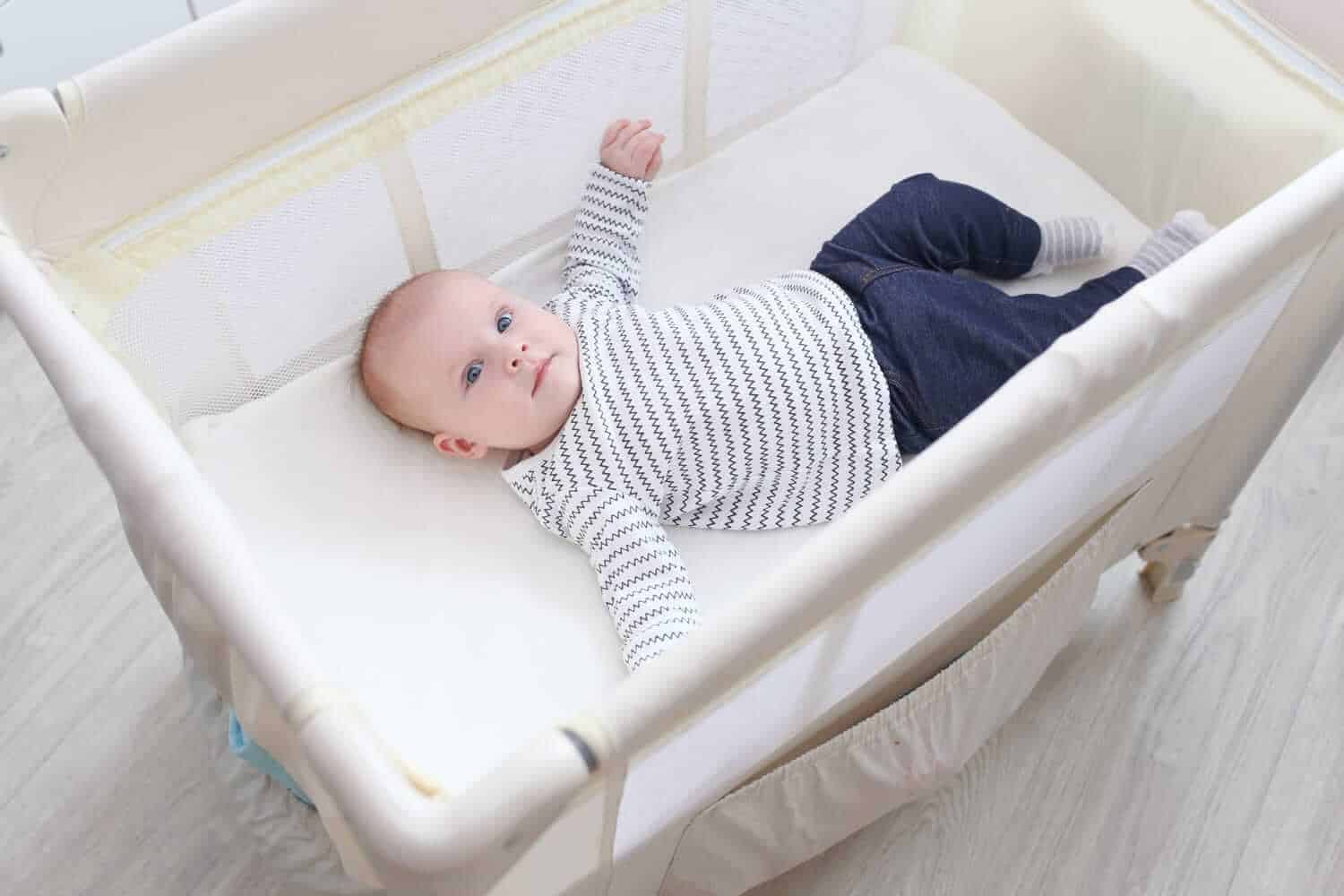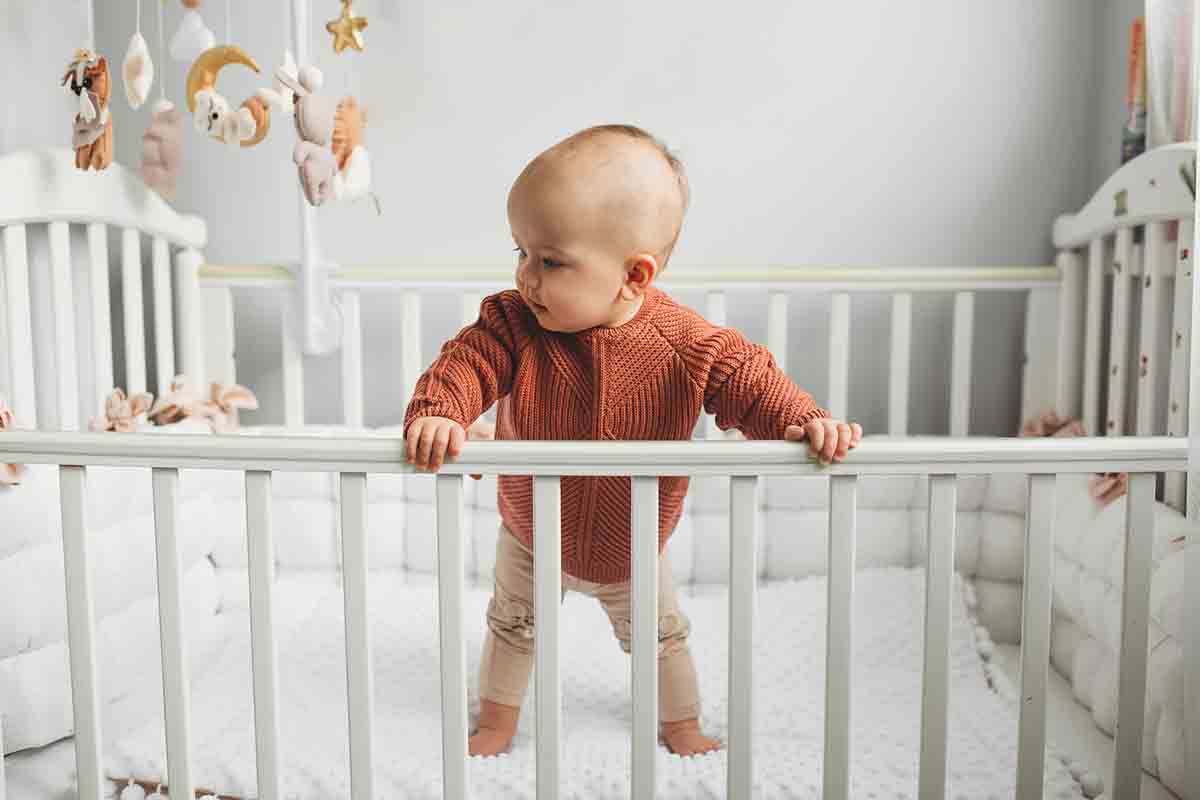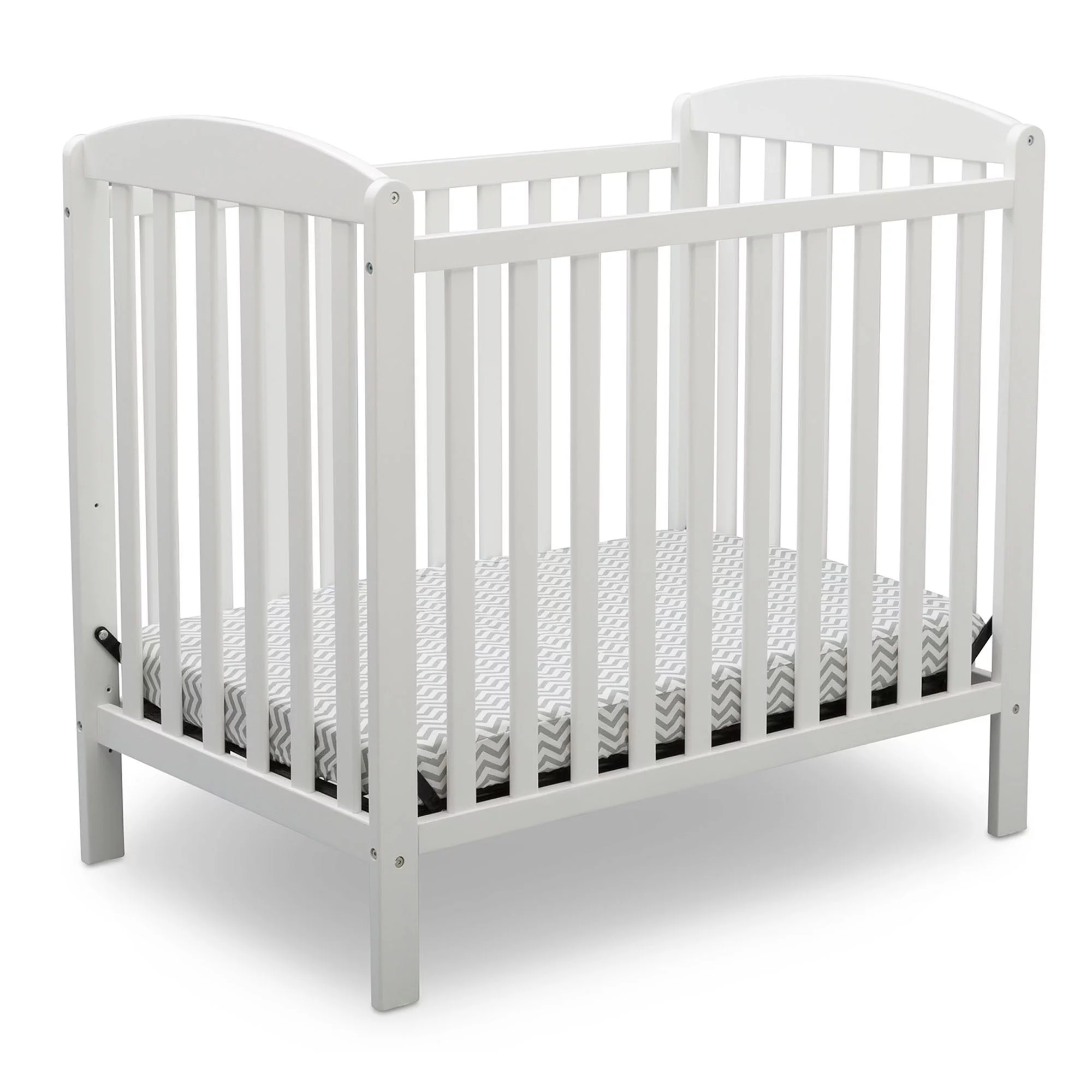Home>Furniture>Bedroom Furniture>How To Safely Elevate A Crib Mattress
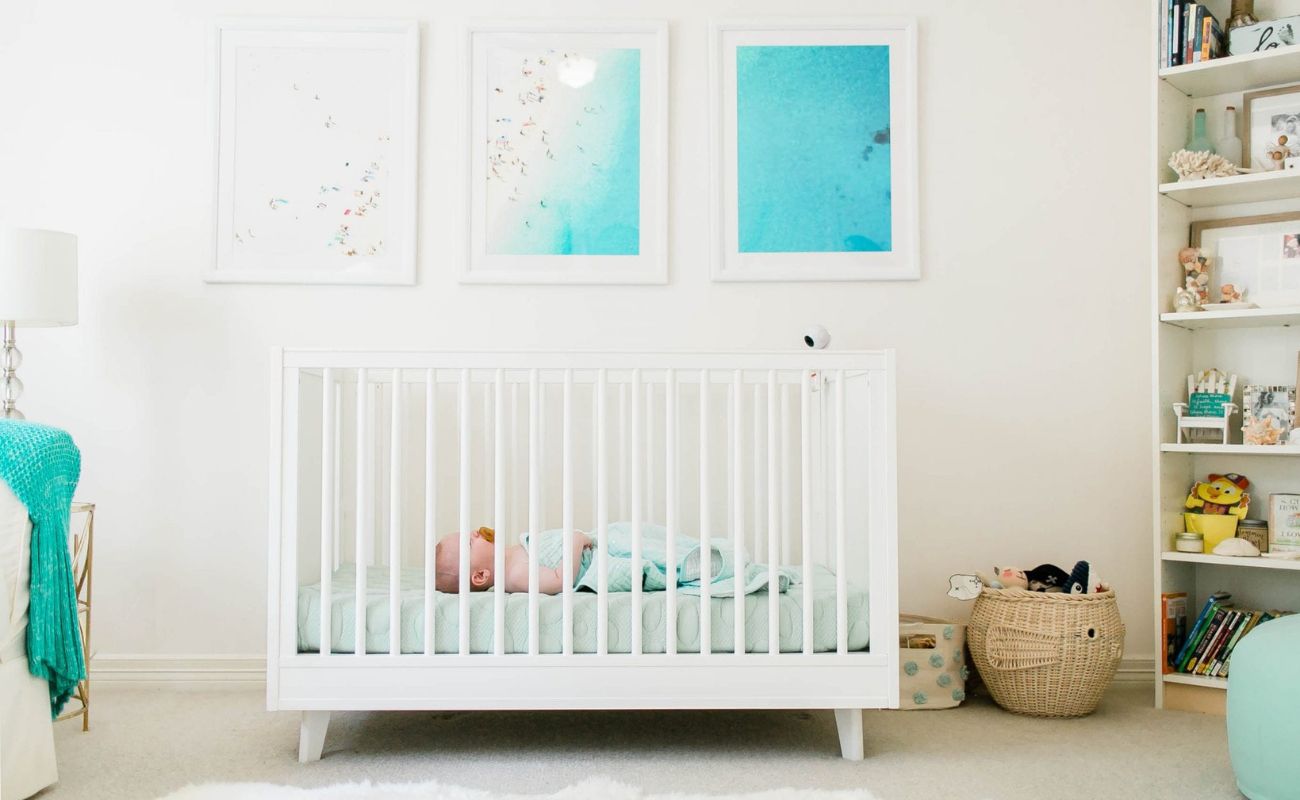

Bedroom Furniture
How To Safely Elevate A Crib Mattress
Modified: February 25, 2024
Discover how to safely elevate your crib mattress with our expert tips and tricks. Create a safer sleeping environment for your little one with bedroom furniture designed for optimal comfort and safety.
(Many of the links in this article redirect to a specific reviewed product. Your purchase of these products through affiliate links helps to generate commission for Storables.com, at no extra cost. Learn more)
Introduction
When it comes to ensuring the safety and comfort of your little one, every detail matters – including their sleeping environment. Elevating a crib mattress can provide numerous benefits, from helping with digestion and reducing congestion to offering relief from acid reflux. However, it’s crucial to approach this task with caution to ensure the utmost safety for your baby.
In this article, we will guide you through the process of safely elevating a crib mattress, providing step-by-step instructions and important considerations. Whether your baby is experiencing discomfort or you simply want to enhance their sleeping experience, these tips will help you make the necessary adjustments responsibly.
Before we delve into the details, it’s important to note that the recommendation to elevate a crib mattress should come from a medical professional, such as your pediatrician or a pediatric gastroenterologist. They will assess your baby’s specific condition and provide guidance on the appropriate level of elevation.
Now, let’s proceed with step one: clearing the area.
Key Takeaways:
- Safely elevate a crib mattress by clearing the area, adjusting the crib, and ensuring stability. Prioritize your baby’s safety and consult a medical professional for guidance on the appropriate elevation angle.
- Implement safety measures, such as placing your baby on their back and using fitted sheets, when elevating a crib mattress. Regularly monitor the crib and mattress for wear and tear to maintain a safe sleeping environment.
Step 1: Clearing the Area
Before you begin the process of elevating the crib mattress, it’s essential to clear the area surrounding the crib. Remove any objects, such as toys, blankets, or pillows, that could pose a suffocation or choking hazard to your baby.
Ensure that there are no loose cords from blinds or curtains within reach, as these can be a potential strangulation hazard. It’s also important to check that the crib itself is sturdy and free from any loose or broken parts.
Make sure that the crib is positioned away from windows, radiators, and other potential sources of heat. This will help maintain a safe and comfortable sleeping environment for your baby.
By taking these precautions, you can create a safe space for your baby to sleep while elevating the crib mattress.
Now, let’s move on to step two: adjusting the crib.
Step 2: Adjusting the Crib
In order to safely elevate the crib mattress, you may need to make some adjustments to the crib itself. Begin by lowering the mattress to its lowest position. This ensures that your baby will be secure and prevents them from accidentally rolling out of the crib.
Next, you will need to check if your crib has adjustable mattress support. Some cribs come with multiple height options, allowing you to lower or raise the mattress to accommodate different needs. If your crib has this feature, adjust the mattress support to the desired height for elevation.
If your crib does not have adjustable mattress support, you may need to use alternative methods to elevate the mattress. This can include using risers or placing sturdy objects under the legs of the crib to achieve the desired elevation. However, it’s important to note that any modifications made to the crib should be stable and secure, ensuring that the crib remains sturdy and safe for your baby.
Always refer to the manufacturer’s instructions and guidelines when adjusting the crib or making any modifications. This will help ensure that you are using the crib in a way that aligns with its intended design and safety standards.
Now that the crib has been adjusted, we can move on to step three: elevating the crib mattress.
Step 3: Elevating the Crib MattressNow that you have adjusted the crib, it’s time to safely elevate the crib mattress. Elevating the mattress at a slight angle can help with various issues such as digestion, congestion, and acid reflux. However, it’s important to ensure a safe and comfortable angle for your baby.
Start by placing a rolled-up towel or blanket underneath the head of the crib mattress. This will create a gentle slope, elevating the upper portion of the mattress. The angle should be slight, approximately 30 degrees, to provide the desired benefits without compromising your baby’s comfort and safety.
Alternatively, you can use specially designed crib wedges or inclined sleepers that are made to safely elevate the mattress. These products are specifically designed to provide the right amount of elevation and support for your baby’s sleeping position.
Regardless of the method you choose, it’s important to ensure that the elevated mattress remains secure and stable. Double-check that the towel or wedge is properly positioned and does not move or shift during use. This will prevent any potential hazards and ensure your baby’s safety while sleeping.
Remember, it’s always important to consult with your pediatrician or a medical professional to determine the appropriate angle of elevation for your baby’s specific needs.
Now that the crib mattress has been elevated, let’s move on to step four: double-checking the stability.
When elevating a crib mattress, use a wedge specifically designed for this purpose to ensure proper support and safety for the baby. Avoid using pillows or folded blankets, as they can pose a suffocation hazard.
Step 4: Double Checking the Stability
Ensuring the stability of the crib is paramount to your baby’s safety, especially when the mattress is elevated. It’s important to double-check the stability of the crib and the elevated mattress to prevent any accidents or mishaps.
First, make sure that the crib itself is sturdy and secure. Inspect all the components, including the rails, slats, and hardware, to ensure that they are in good condition and properly installed. Tighten any loose screws or bolts and fix any wobbling parts. This will help create a solid foundation for the elevated mattress.
Next, check that the mattress is securely placed on the elevated surface. Ensure that it fits snugly against the crib frame and that there are no gaps or spaces where your baby could potentially become trapped. Verify that the mattress itself is firm and in good condition, without any tears, sagging, or signs of wear.
It’s crucial to test the stability of the elevated mattress by applying gentle pressure to different areas. Ensure that the mattress remains steady and does not shift or move excessively. If you notice any instability or movement, readjust the elevation and secure the mattress in place before allowing your baby to sleep in the crib.
Regularly monitor the stability of the crib and the elevated mattress to ensure that they remain secure over time. It’s important to address any issues promptly and make necessary adjustments to maintain a safe sleeping environment for your baby.
Now that the stability of the crib and mattress has been double-checked, let’s move on to step five: ensuring safety measures.
Read more: How To Elevate A Mattress
Step 5: Ensuring Safety Measures
While elevating the crib mattress can provide numerous benefits, it’s vital to prioritize the safety of your baby at all times. Implementing certain safety measures will help create a secure sleeping environment.
First and foremost, always place your baby to sleep on their back, even with an elevated mattress. This sleep position is recommended by pediatricians to reduce the risk of Sudden Infant Death Syndrome (SIDS). Avoid placing any loose items, such as blankets, pillows, or stuffed animals, in the crib with your baby, as they can be suffocation hazards.
Additionally, ensure that the crib sheets fit tightly on the mattress with no excess fabric that could potentially cover your baby’s face. Use a fitted sheet specifically designed for crib mattresses to ensure a snug fit.
Keep an eye on your baby’s comfort level while they are sleeping on an elevated mattress. If you notice any signs of discomfort or uneasiness, consider adjusting or discontinuing the use of the elevated mattress. As every baby is unique, it’s important to monitor their reactions and sleep patterns closely.
Regularly inspect the crib and elevated mattress for wear and tear. Check for any loose or damaged components, such as the mattress support or the elevation mechanism. Address any issues promptly to maintain a safe sleeping environment.
Lastly, consult with your pediatrician or a medical professional regarding the appropriate duration and frequency of using an elevated crib mattress. They will provide guidance based on your baby’s specific needs and conditions.
By implementing these safety measures, you can ensure the utmost safety and well-being of your baby while using an elevated crib mattress.
As we conclude this article, we hope that the information provided has given you a clear understanding of how to safely elevate a crib mattress. Always prioritize your baby’s safety and consult with professionals when needed.
Remember, a safe and comfortable sleeping environment promotes better sleep and contributes to your baby’s overall well-being. Sweet dreams for your little one!
Conclusion
Elevating a crib mattress can provide numerous benefits for your baby, from helping with digestion and reducing congestion to offering relief from acid reflux. However, it is crucial to approach this task with caution and prioritize your baby’s safety above all else. By following the steps outlined in this article, you can safely elevate your crib mattress and create a comfortable sleeping environment for your little one.
Remember to consult with your pediatrician or a medical professional before making any adjustments to your baby’s sleeping arrangements. They will provide guidance based on your baby’s specific needs and ensure that the level of elevation is suitable for them.
Throughout the process, always prioritize the stability and security of the crib and the elevated mattress. Double-check that the crib is sturdy, free from any loose or broken parts, and positioned away from potential hazards. Ensure that the mattress is securely placed on the elevated surface using appropriate methods such as towels, wedges, or inclined sleepers, and regularly monitor its stability.
Additionally, remember to implement safety measures to further protect your baby while using an elevated crib mattress. Always place your baby to sleep on their back, without any loose items in the crib. Use fitted crib sheets and regularly inspect the crib and mattress for wear and tear.
By taking these precautions and following the guidance provided in this article, you can create a safe and comfortable sleeping environment for your baby. Prioritizing their well-being and seeking professional advice when needed will ensure that your little one gets the peaceful and restorative sleep they need. Sweet dreams for both you and your baby!
Frequently Asked Questions about How To Safely Elevate A Crib Mattress
Was this page helpful?
At Storables.com, we guarantee accurate and reliable information. Our content, validated by Expert Board Contributors, is crafted following stringent Editorial Policies. We're committed to providing you with well-researched, expert-backed insights for all your informational needs.
